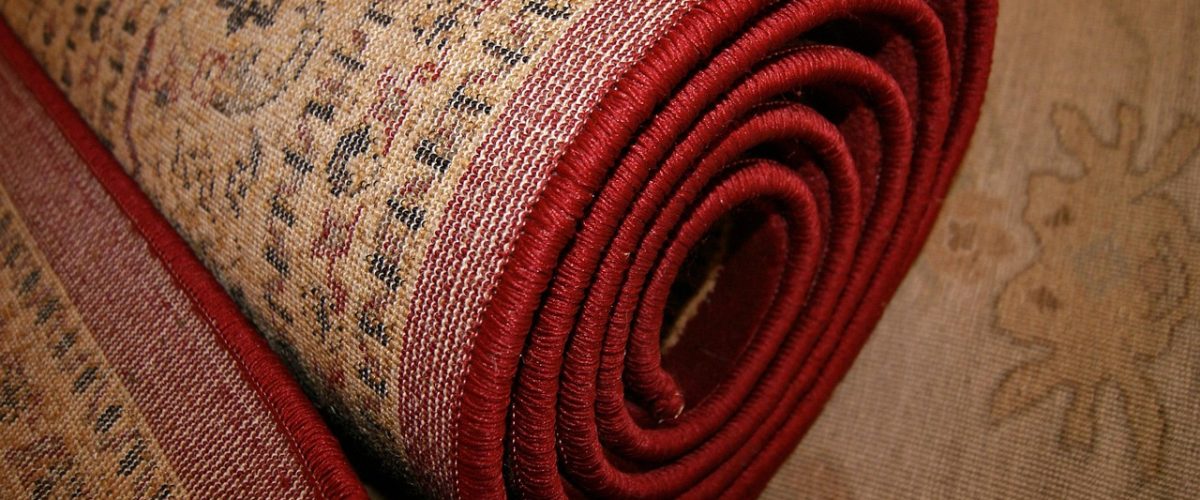
How Indian Jute Bags Are Made? – Step by Step
Introduction
India is globally renowned for its sustainable jute products, and jute bags are at the heart of this eco-friendly revolution. Combining traditional craftsmanship with modern utility, Indian jute bags are appreciated worldwide for their durability, aesthetic appeal, and environmental benefits. But how are these beautiful bags actually made? Here’s a step-by-step look at the journey from raw jute to export-ready product.
Step 1: Sourcing Raw Jute
The process begins with sourcing high-quality raw jute fibers from states like West Bengal, Assam, and Bihar—regions known for their fertile alluvial soil ideal for jute cultivation. These golden fibers are naturally biodegradable and provide the base material for the bags.
Step 2: Retting and Stripping
Once harvested, the jute stalks undergo a process called retting, where they are soaked in water to loosen the fibers. After retting, skilled workers strip the fibers from the stalks by hand. This step is critical to ensure soft, long, and strong jute threads.
Step 3: Spinning and Weaving
The stripped fibers are then spun into yarn using traditional spinning wheels or industrial machines, depending on the scale of production. The yarn is woven into jute fabric on handlooms or power looms. This fabric forms the canvas for various jute bag designs.
Step 4: Dyeing and Printing
Based on buyer requirements, the fabric may be dyed in natural or chemical-free colors. Modern printing techniques, including screen printing or block printing, are then used to add logos, patterns, or branding.
Step 5: Cutting and Stitching
The printed or plain jute fabric is then cut according to specific bag dimensions. Expert tailors stitch the pieces together, often adding cotton linings, zippers, handles (like cotton or jute rope), and reinforcement for extra durability.
Step 6: Quality Check and Finishing
Each bag undergoes a thorough quality check to ensure uniform stitching, clean printing, and structural integrity. Finishing touches like trimming excess threads and adding tags or labels are done to make the bag export-ready.
Step 7: Packaging and Export
Finally, the jute bags are bundled, packed in corrugated boxes or eco-friendly sacks, and prepared for shipping. Export documentation is attached as per the buyer’s country requirements, and the bags are shipped worldwide.
Conclusion
From fertile fields to skilled hands, the making of Indian jute bags is a beautiful blend of nature, culture, and craftsmanship. At De Trade Company, we proudly source and export these sustainable bags, supporting local artisans and delivering quality to conscious buyers around the globe.

Why Are Handwoven Rugs from India Gaining Global Popularity?

If you’re looking to add timeless elegance, cultural richness, and sustainable charm to your interiors, handwoven rugs from India are a perfect choice. With their intricate craftsmanship and eco-conscious appeal, these artisan-made rugs are not only beautiful but also meaningful. But what makes them so special—and why are they in such high demand around the world?
Let’s explore the unique story and global appeal of Indian handwoven rugs.
India’s rug-making tradition dates back hundreds of years, especially flourishing during the Mughal era. Today, regions like Bhadohi (known as the Carpet City of India), Jaipur, Panipat, and Mirzapur continue to uphold these traditions with pride.
These artisan hubs produce a wide variety of hand-knotted, hand-tufted, and flatweave rugs (dhurries) using age-old techniques that are passed down through generations.
Key Rug Styles from India:
Jaipur Rugs: Known for vibrant dhurries and elegant wool rugs
Bhadohi Rugs: Intricate hand-knotted carpets with Persian-inspired motifs
Panipat Rugs: Flatwoven and jacquard rugs ideal for contemporary interiors
Every handwoven rug from India begins with raw natural materials like wool, cotton, jute, or even silk. The yarn is often hand-dyed using natural or vegetable-based dyes, resulting in long-lasting and non-toxic color.
Depending on the design and technique, it can take weeks or even months to complete a single rug. Each knot, weave, or tuft is placed by hand, making these rugs one-of-a-kind pieces of art.
This attention to detail and craftsmanship is what sets Indian rugs apart in the global market.
Sustainable, Ethical & Stylish
One of the biggest reasons behind the rising demand for handmade Indian rugs is their eco-friendly and ethical production process. Many Indian rug weavers follow sustainable practices:
Use of natural fibers and non-toxic dyes
Minimal waste and water use
Support for local artisans and rural communities
When you buy Indian rugs online or in stores, you’re not just investing in a décor item—you’re contributing to artisan livelihoods and preserving traditional crafts.
Versatility for Every Space & Style
Whether your space is modern, boho, rustic, or traditional, there’s a handwoven rug from India that fits perfectly. From bold tribal patterns and earthy tones to soft pastels and minimalist textures, Indian rugs can instantly elevate any room.
These rugs are perfect for:
Living rooms
Bedrooms
Dining spaces
Offices
Even as wall décor or layered rugs for added texture
Why Choose Handwoven Indian Rugs?
✔️ Authentic artisan craftsmanship
✔️ Durable and long-lasting
✔️ Made with love and tradition
✔️ Environmentally responsible
✔️ Uniquely beautiful in every thread
Final Thoughts
If you’re searching for a high-quality, sustainable, and stylish rug, explore the world of handwoven rugs from India. With every purchase, you bring home a piece of Indian heritage while supporting ethical, handcrafted artistry.
Start your journey with timeless Indian craftsmanship—shop handwoven Indian rugs online and bring soulful beauty to your home.
Frequently Asked Questions
Yes, jute is a biodegradable natural fiber, making these bags a sustainable alternative to plastic.
Absolutely! We offer custom printing and packaging for bulk export orders.
Our standard MOQ is 100 pieces for jute bags, but we are open to small trial orders for new buyers.
Yes, product samples are available on request.
We use azo-free, eco-safe dyes and printing techniques in compliance with international safety standards.
